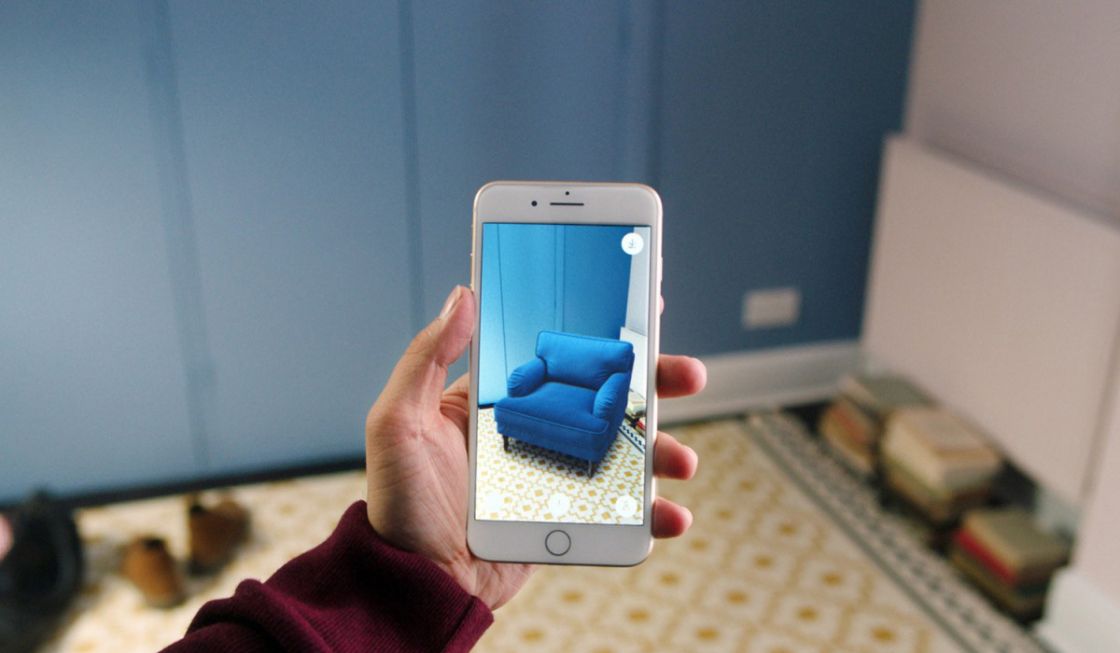Personalisation will come from immersive experiences

It’s no surprise that some companies have already started to implement immersive technologies. To be able to reach the full benefits of personalisation, you need to offer a genuinely unique and differentiated experience. Here’s when artificial intelligence, augmented reality and 3D, to mention a few, come into play. The Global Virtual Reality Market is expected to climb to 49.7 billion by just 2023. And we already are seeing some early results.
Now, personalisation platforms like Recommend, not only offer the opportunity to reach your customers with product recommendations or targeted emails. New functionalities such as visual search, smart merchandising and complimentary services like a virtual styling assistant or virtual catwalks are showing the endless possibilities of the use of these technologies to enhance the retail and eCommerce shopping experience.
The days of predictable marketing actions and branded pens are reaching a point of no return. Brands are using immersive technology to give their customers a fully developed live experience. These digital experiences are incredibly useful because they can evoke some emotional response from the audience. In times of social distancing, any action that can improve the interaction with brands is more important than ever.
Some examples of brands implementing AR
Thanks to AR technology, people can try things out from anywhere (as long as they’ve got their phones). The AR allows users to interact with products seeing 17 times the engagement with the immersive ads, as opposed to their static product ads. You don’t need to be physically in a shop to try on a product. The technology makes the whole experience more holistic and the approach more useful for the consumer. The immersive technology is so successful at brand marketing because it hugely extends the number of times a consumers wants to interact with a brand, including advertisements.
While industries need to reevaluate their business proposition and marketing strategy, social media is playing a pivotal role in users engagement. The use of immersive technologies for content marketing and advertising are also on-trend. Recently, Facebook launched a new ad format using augmented reality technology to increase the time that a user spends interacting with an ad and the overall engagement with a brand. From a content point of view, interactive and immersive storytelling obtain better results.
The swift into a more conscious consumer is happening right now. The economic recession is putting priorities under the magnifying lens, so any unnecessary waste will be highly reviewed. What about applying the same logic to your offline marketing efforts? Instead of spending money on gifting, take advantage of the immersive technologies to offer an authentic one-of-a-kind experience. The McDonald’s division in Sweden started a campaign called “Happy Goggles”. The Happy Meal Box could be turned into VR goggles with a slot for a smartphone. This encourages children to replace the plastic toy with immersive tech, but also to take the disposable packaging and repurpose it for something else.
Bringing the immersive experience online
Immersive technology is allowing anyone with a smartphone to engage with brands (and 5.13 billion people have some mobile device.) Once consumers have engaged with a brand through immersive experiences, it’s more likely they will expect the same from now on. According to Nick Riggall, VP at George P. Johnson Experience, “immersive technological approaches might deliver softer but more meaningful results in the long term. This approach moves away from chasing leads and sign-ups and works towards creating an emotional connection with consumers.”
Immersive technologies transcend the confines of digital and physical of the shopping experience by merging the two. The physical participation, through the phone, implies a more meaningful engagement. This could result and a better relationship between users and brands. A truly personalised approach will be something more than product recommendations or targeted emails. It will offer the possibility of interacting with a brand to build an emotional connection, enhancing storytelling and improving overall results.


